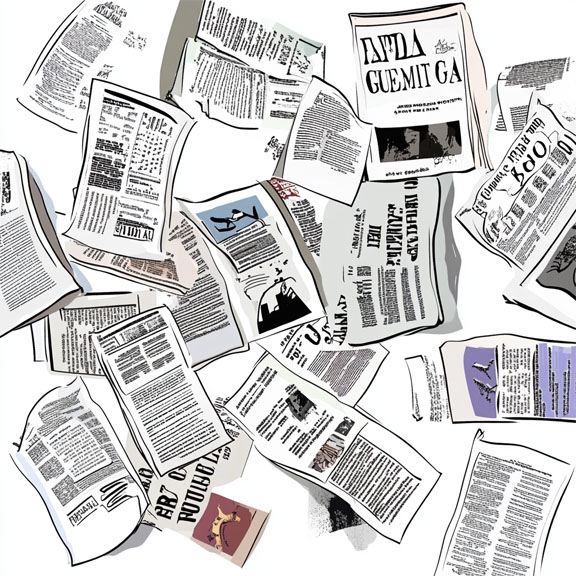
"Saying "the president admits" would tend to lead people to think the president is involved in the activity; either that he committed the act, or someone connected to him did."
"For the sake of this essay, I will adopt the general term of "headlining" to cover three aspects of misleading headlines. The first is the intentional creation of a misleading headline as a rhetorical technique."
The article discusses how misleading headlines can influence public perception, especially in politically charged contexts. Readers often interpret headlines based on their biases, either condemning or defending the subject involved. Misleading headlines can employ techniques like hyperbole or ambiguity, fostering interpretations that may not align with the article's content. Ultimately, critical thinking is necessary for readers to evaluate the credibility of headlines before forming opinions or sharing information.
#misleading-headlines #media-literacy #critical-thinking #political-perception #rhetorical-techniques
Read at A Philosopher's Blog
Unable to calculate read time
Collection
[
|
...
]